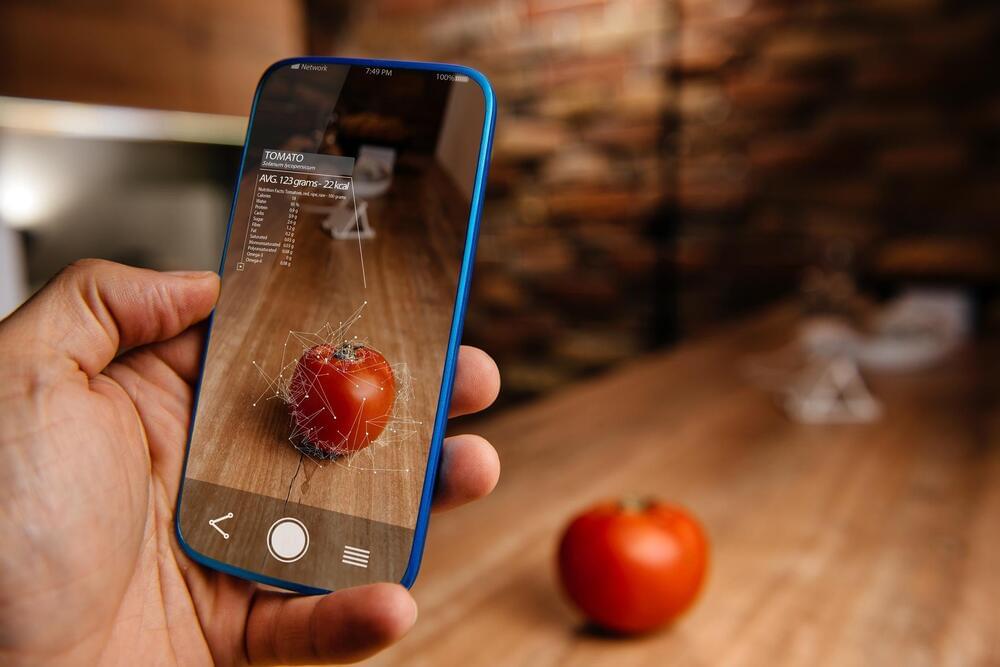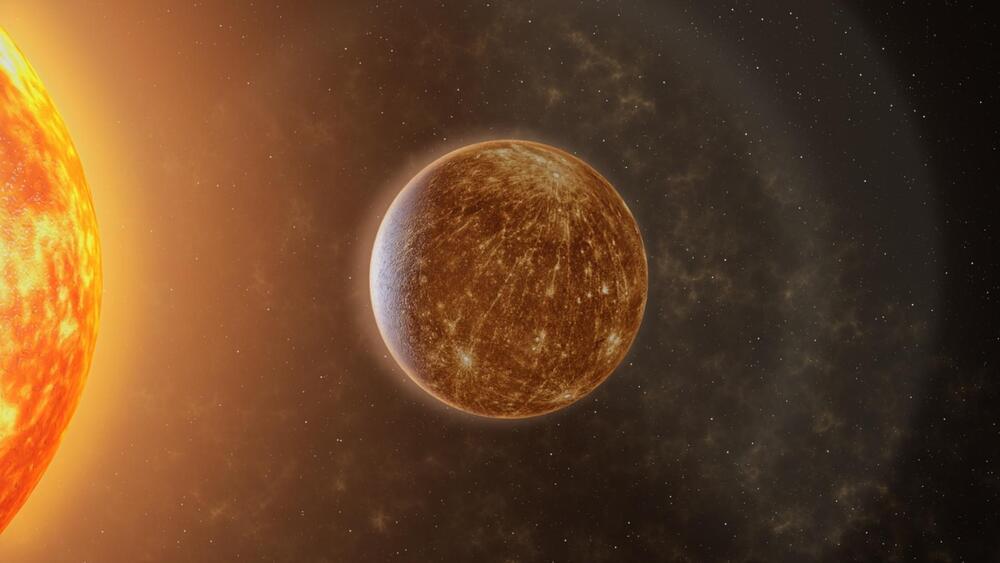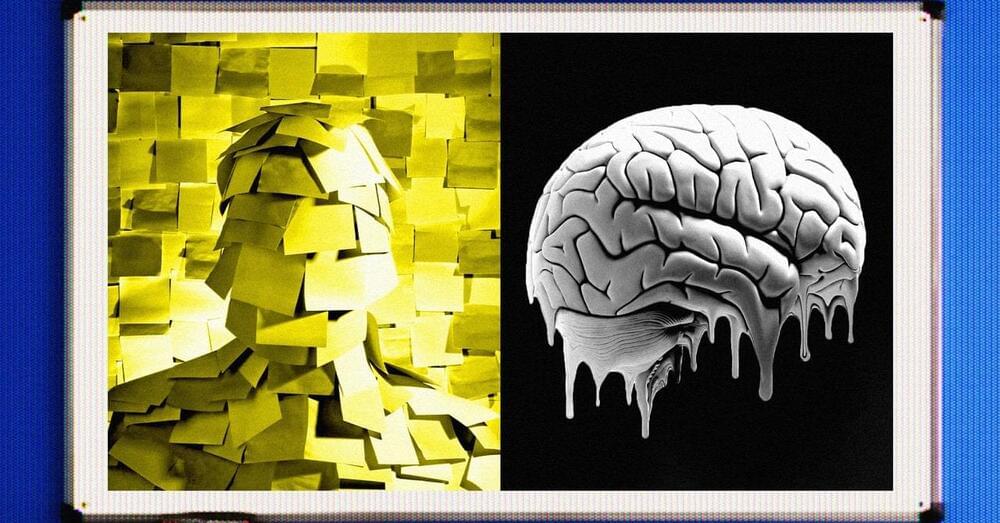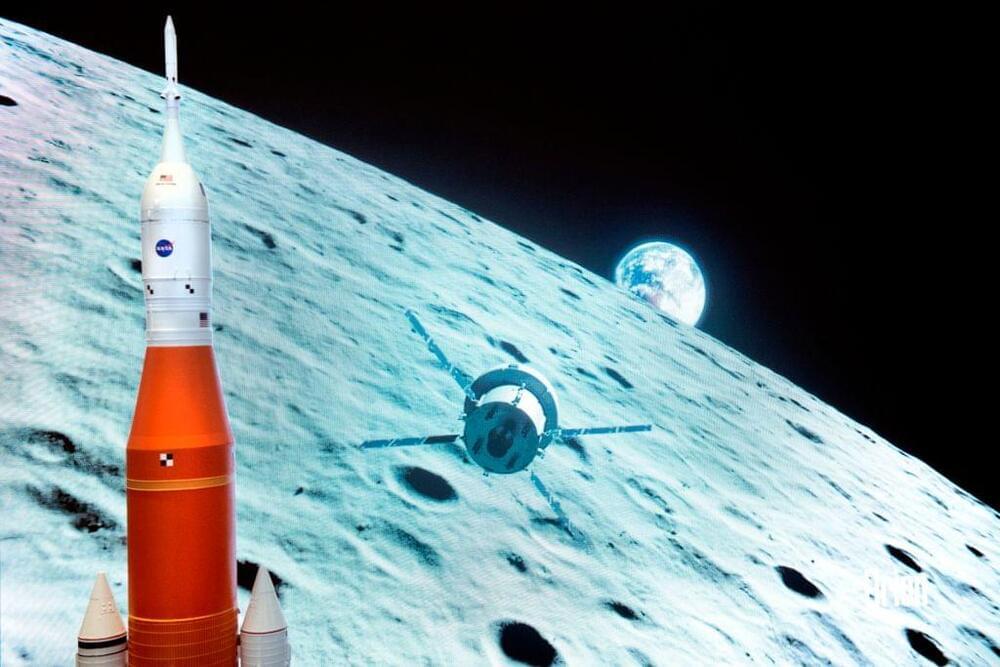The European Southern Observatory continues to build the largest telescope in the world, the Extremely Large Telescope (ELT). Construction of the telescope began in 2014 with flattening the top of a mountain named Cerro Armazones in Chile’s Atacama Desert.
ESO just announced that progress on construction has crossed the 50% mark. The remaining work should take another five years. When it finally comes online in 2028, the telescope will have a 39-meter (128 ft) primary mirror of 798 hexagonal segments, making it the largest telescope in the world for visible and infrared light. The new telescope should help to answer some of the outstanding questions about our Universe, such as how the first stars and galaxies formed, and perhaps even be able to take direct images of extrasolar planets.
“The ELT is the largest of the next generation of ground-based optical and near-infrared telescopes and the one that is most advanced in its construction,” said ESO Director General Xavier Barcons, in an ESO press release. “Reaching 50% completion is no small feat, given the challenges inherent to large, complex projects, and it was only possible thanks to the commitment of everyone at ESO, the continued support of the ESO Member States and the engagement of our partners in industry and instrument consortia. I am extremely proud that the ELT has reached this milestone.”





